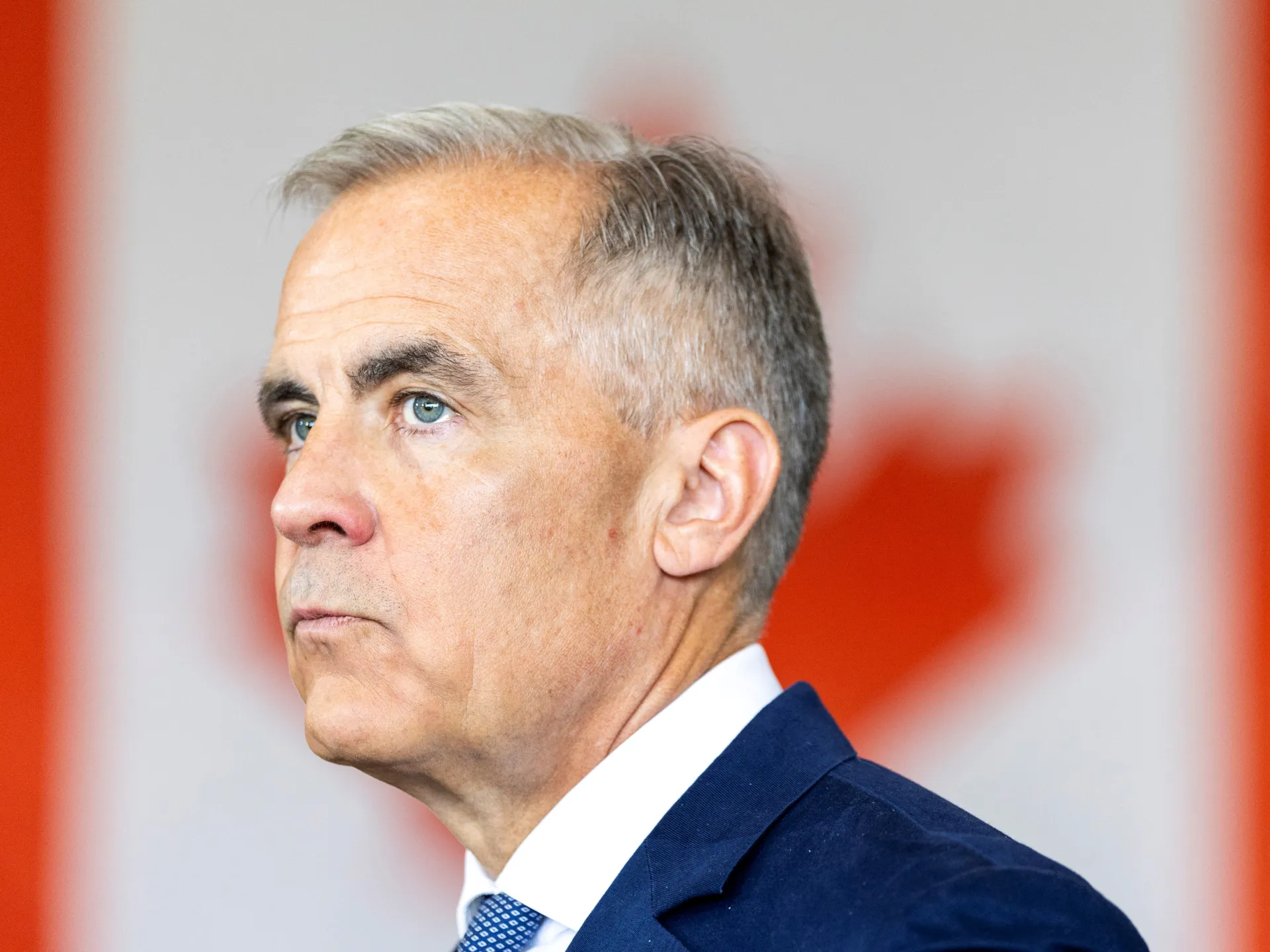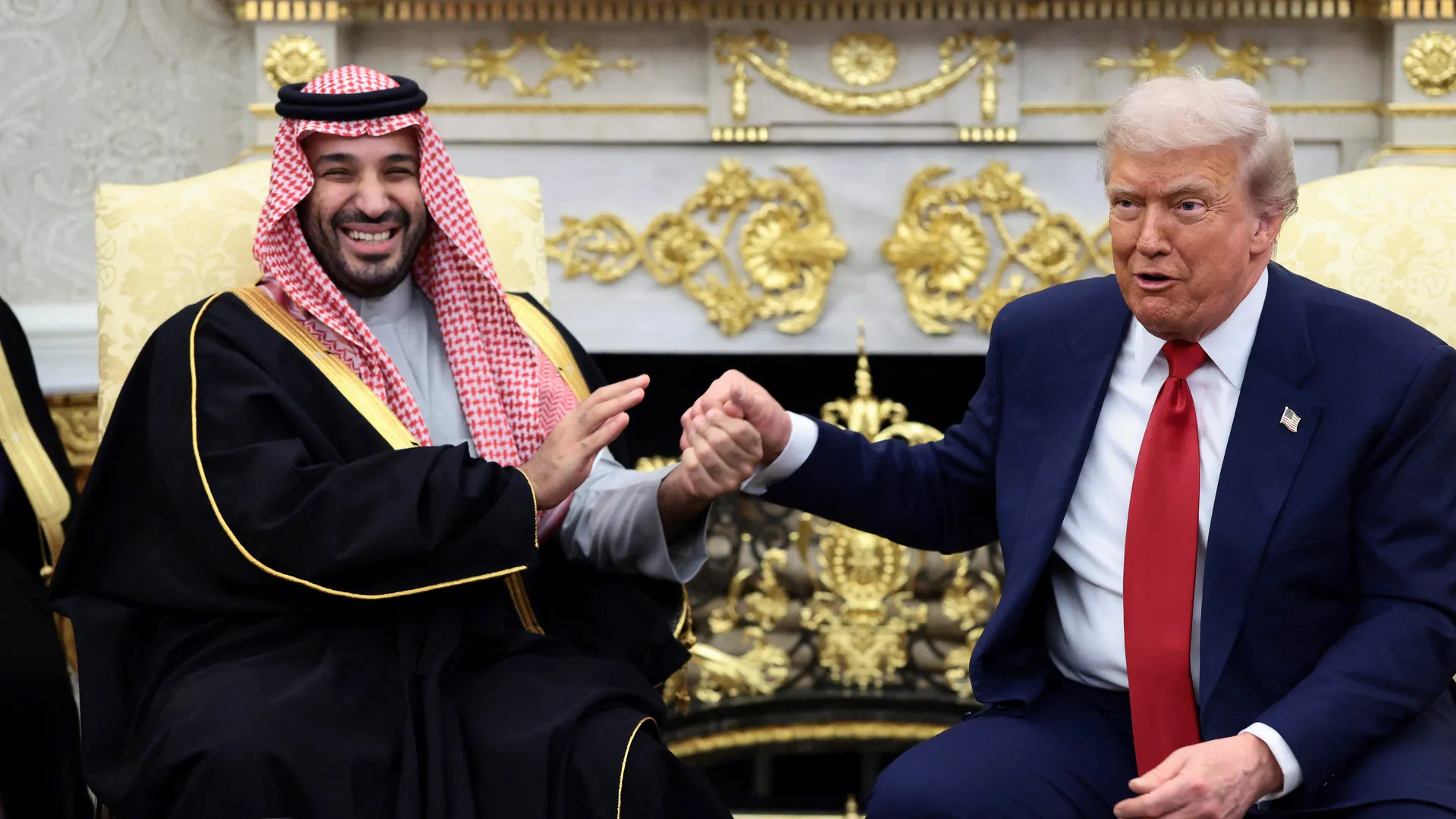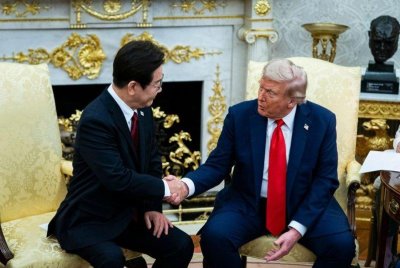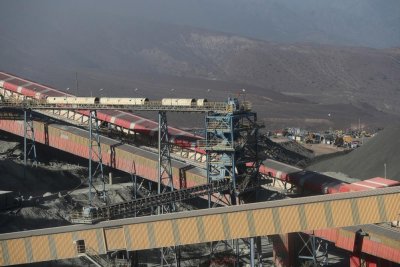Canada rolls back climate rules to boost investments | Business and Economy News
In its deal with Alberta, Canada will scrap emissions cap on the oil and gas sector, among other moves.
Published On 27 Nov 2025
Canada’s Prime Minister Mark Carney has signed an agreement with Alberta’s premier that will roll back certain climate rules to spur investment in energy production, while encouraging construction of a new oil pipeline to the West Coast.
Under the agreement, which was signed on Thursday, the federal government will scrap a planned emissions cap on the oil and gas sector and drop rules on clean electricity in exchange for a commitment by Canada’s top oil-producing province to strengthen industrial carbon pricing and support a carbon capture-and-storage project.
Recommended Stories
list of 3 itemsend of list
Carney is counting on the energy sector to help the Canadian economy weather uncertainty from United States President Donald Trump’s tariffs, and is seeking to diversify from the US market, which currently takes 90 percent of Canada’s oil exports.
He has relaxed some environmental restrictions implemented by his predecessor, Justin Trudeau, while reaffirming his commitment to net-zero carbon emissions by 2050.
Alberta is also exploring the feasibility of a new crude oil pipeline to British Columbia’s northwest coast in order to increase exports to Asia, but no private-sector company has committed to building a new pipeline.
Pipeline companies and the Alberta government have repeatedly said significant federal legislative changes – including removing a federal cap on oil and gas sector emissions and ending a ban on oil tankers off British Columbia’s northern coast – would be required before a private entity would consider proposing a new pipeline.
Thursday’s agreement includes a commitment by the federal government to adjust the Oil Tanker Moratorium Act in order to facilitate oil exports to Asia.
British Columbia Premier David Eby, who opposes a new pipeline through his province, said on Wednesday the legislation should stay in place.
Other pipeline opponents are also speaking out. A coalition of Indigenous groups in British Columbia said this week it will not allow oil tankers on the northwest coast and that the pipeline project will “never happen”.
The Trans Mountain pipeline from Alberta to the British Columbia coast, which is owned by the Canadian government and is currently the only option to ship Canadian oil directly to Asian markets, tripled its capacity last year with a 34 billion Canadian dollar ($24.2bn) expansion.
The federal government and Alberta also said they would conclude an agreement on industrial carbon pricing by April 1 next year.
In addition, the two agreed to cooperate on building the Pathways Plus project, expected to be the world’s biggest carbon capture project and designed to capture emissions from Canada’s oil sands.
The federal government will also assist Alberta in building and operating nuclear power plants, strengthening its electricity grid to power AI data centres, and building transmission lines to neighbouring provinces.





